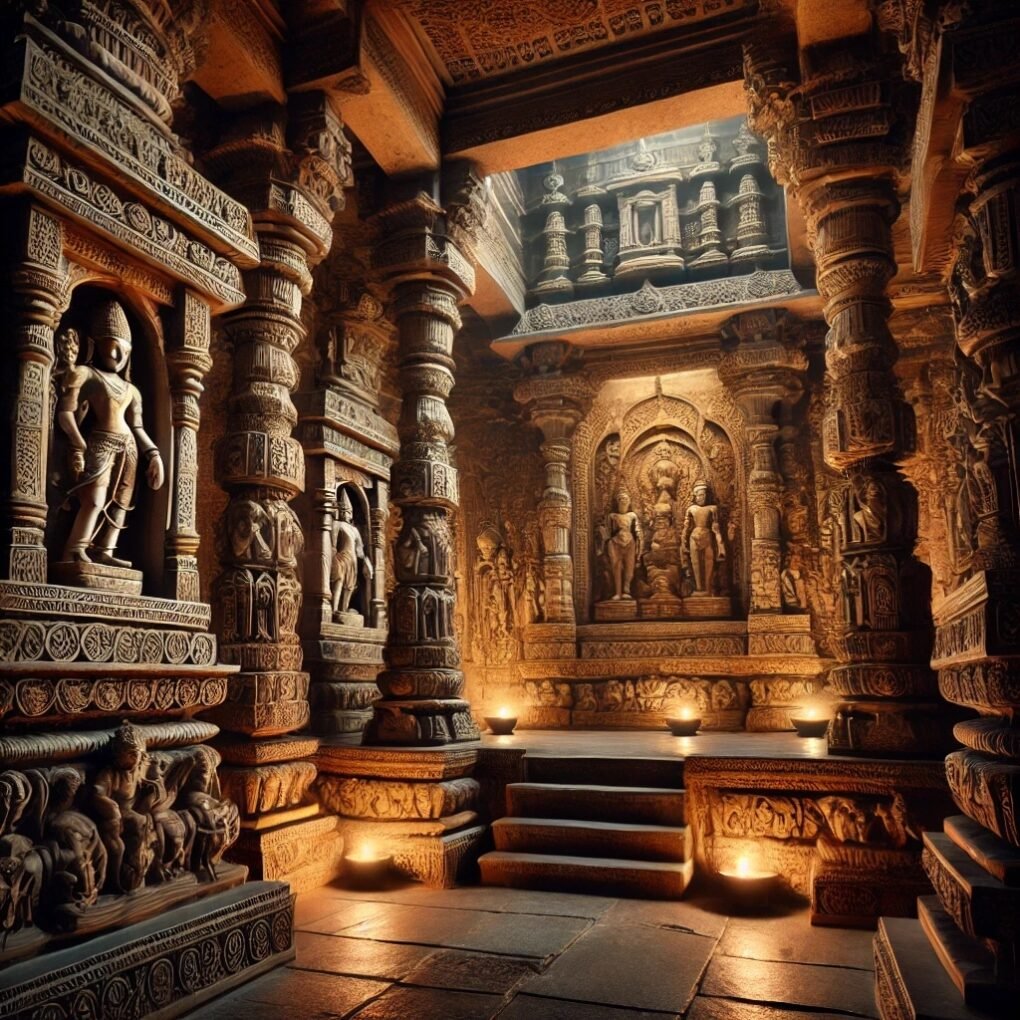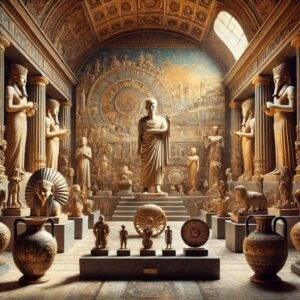Understanding the Timeless Legacy
Ancient Artz encapsulates a vast array of artistic expressions that have survived through centuries. From the mysterious cave paintings of prehistoric times to the sophisticated sculptures of ancient Greece, Ancient Artz offers a window into the civilizations that shaped our world. The term “Ancient Artz” encompasses not only the art itself but also the cultural, religious, and societal values that these works represent.
Its Cultural Significance
At the heart of Ancient Artz lies the cultural significance that these artworks hold. Ancient art serves as a critical tool for understanding the past, offering insights into the beliefs, practices, and daily life of ancient peoples. The religious ceremonies depicted in Egyptian tombs, the mythological stories told through Greek pottery, and the ceremonial masks of African tribes all speak volumes about the societies from which they emerged.
These artifacts are more than mere decorations; they are historical documents that have preserved the stories of civilizations long gone. Each piece of ancient art carries with it a narrative that reflects the values, fears, and aspirations of the people who created it. In this sense, Ancient Artz is not just about aesthetics but also about the human experience across different cultures and epochs.
Ancient Artz Techniques and Styles

The techniques and styles used in Ancient Artz are as diverse as the cultures they represent. For instance, the Egyptians are renowned for their detailed hieroglyphics and massive stone structures like the pyramids, which required advanced engineering skills. In contrast, the Greeks focused on idealized human forms, producing lifelike statues that celebrated the human body’s beauty and strength.
Asian ancient art, particularly from China and Japan, is characterized by its use of delicate materials like silk and jade, with intricate designs that often symbolize philosophical concepts such as balance and harmony. Meanwhile, the intricate carvings of Mesoamerican civilizations like the Maya and Aztec offer a glimpse into the spiritual and political life of these ancient peoples.
Artists in Ancient Artz often chose materials based on their availability and symbolic meanings. They commonly used stone, wood, clay, and metals, each contributing distinct textures and durability to their creations. These materials also carried cultural significance. For instance, many ancient cultures associated gold with divinity and immortality, reflecting its use in religious and ceremonial artifacts.
Ancient Artz’s Influence on Modern Art
The influence of Ancient Artz on modern art is profound and far-reaching. Many contemporary artists draw inspiration from the forms, techniques, and themes of ancient art, reinterpreting them in new and innovative ways. This is evident in various art movements, such as the Renaissance, which saw a revival of classical Greek and Roman art forms, and the Art Nouveau movement, which drew heavily on ancient Egyptian motifs.
Modern art also reflects the themes of spirituality and mythology prevalent in Ancient Artz. Artists like Pablo Picasso and Henri Matisse have been known to incorporate elements of ancient African and Mediterranean art into their work, creating a bridge between the ancient and modern worlds. The use of symbolism, a hallmark of Ancient Artz, continues to be a significant element in modern artistic expressions.
In architecture, the influence of Ancient Artz is seen in the continued use of classical orders and forms, such as columns and arches, which originated in ancient Greece and Rome. These elements are still prevalent in public buildings, memorials, and even modern homes, demonstrating the enduring legacy of ancient art in contemporary design.
The Preservation and Study of Ancient Artz
Preserving Ancient Artz is crucial for maintaining our connection to the past. Many ancient artifacts have survived due to the efforts of archaeologists and historians who have dedicated their lives to uncovering and studying these works. Museums around the world, such as the British Museum and the Louvre, house vast collections of ancient art, making these treasures accessible to the public.
The study of Ancient Artz also involves understanding the context in which these works were created. This includes analyzing the historical, social, and political conditions of the time, as well as the religious and philosophical beliefs that influenced the artists. By studying these aspects, scholars can gain a deeper understanding of ancient civilizations and their contributions to the world.
The Role of Technology in Ancient Artz
In recent years, technology has played a significant role in the preservation and study of Ancient Artz. Technicians have used techniques like 3D scanning and printing to create precise replicas of ancient artifacts. These replicas serve educational purposes or replace original pieces that are too fragile for display. Digital archives and virtual reality experiences also offer new ways for the public to engage with ancient art, making it more accessible to people around the world.
Moreover, technology has enabled the discovery of new insights into ancient art. For example, infrared and X-ray imaging have revealed hidden layers in paintings and sculptures, providing valuable information about the techniques and materials used by ancient artists. These technological advancements continue to enhance our understanding of Ancient Artz, ensuring that these works remain a vital part of our cultural heritage.
Ancient Artz in the Modern World
Ancient Artz continues to be a source of inspiration and fascination in the modern world. Whether through art, literature, or popular culture, the themes and motifs of ancient art remain relevant today. The timeless beauty and mystery of ancient artifacts draw many people in, offering them a glimpse into a world that feels both distant and strangely familiar.
In contemporary society, Ancient Artz also serves as a reminder of the importance of preserving our cultural heritage. As globalization and technological advancements continue to shape our world, the need to protect and celebrate the art of the past becomes even more critical. Ancient Artz is not just a relic of history; it is a living tradition that continues to influence and inspire us today.
The enduring legacy it is a testament to the creativity and ingenuity of our ancestors. By studying and preserving these works, we not only honor their memory but also gain valuable insights into our own identity and place in the world. It is a bridge between the past and the present, connecting us to the rich and diverse cultures that have shaped our history.
In conclusion, it is a vibrant and dynamic field that offers endless opportunities for exploration and discovery. Whether through the study of ancient techniques, the preservation of artifacts, or the creation of new works inspired by the past, Ancient Artz continues to captivate and inspire people around the world.












